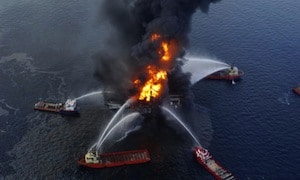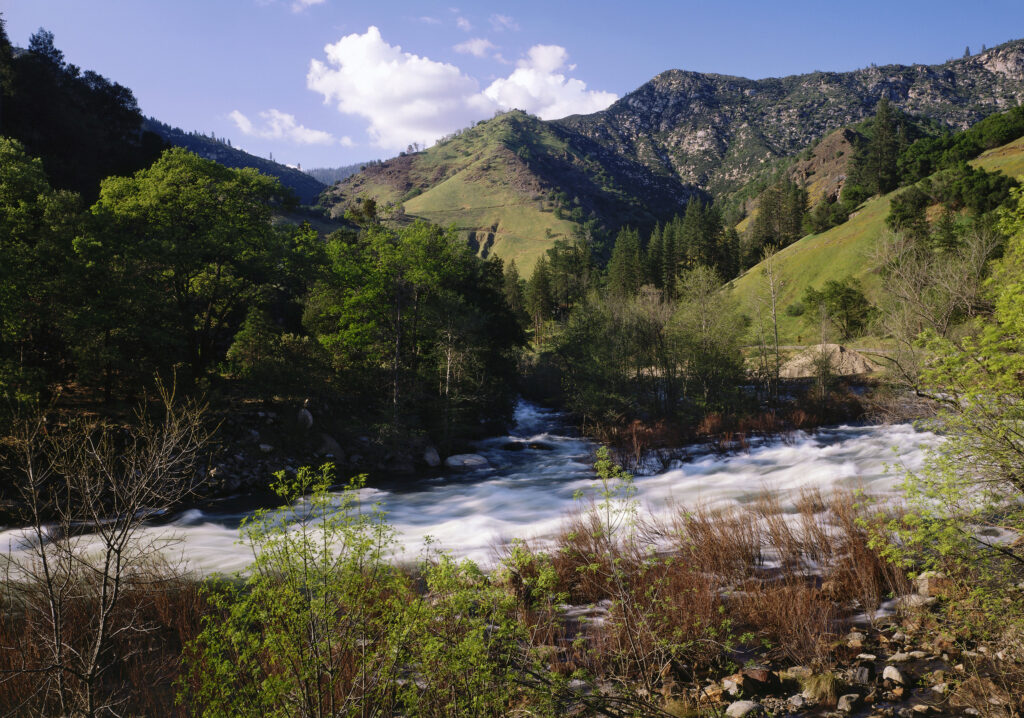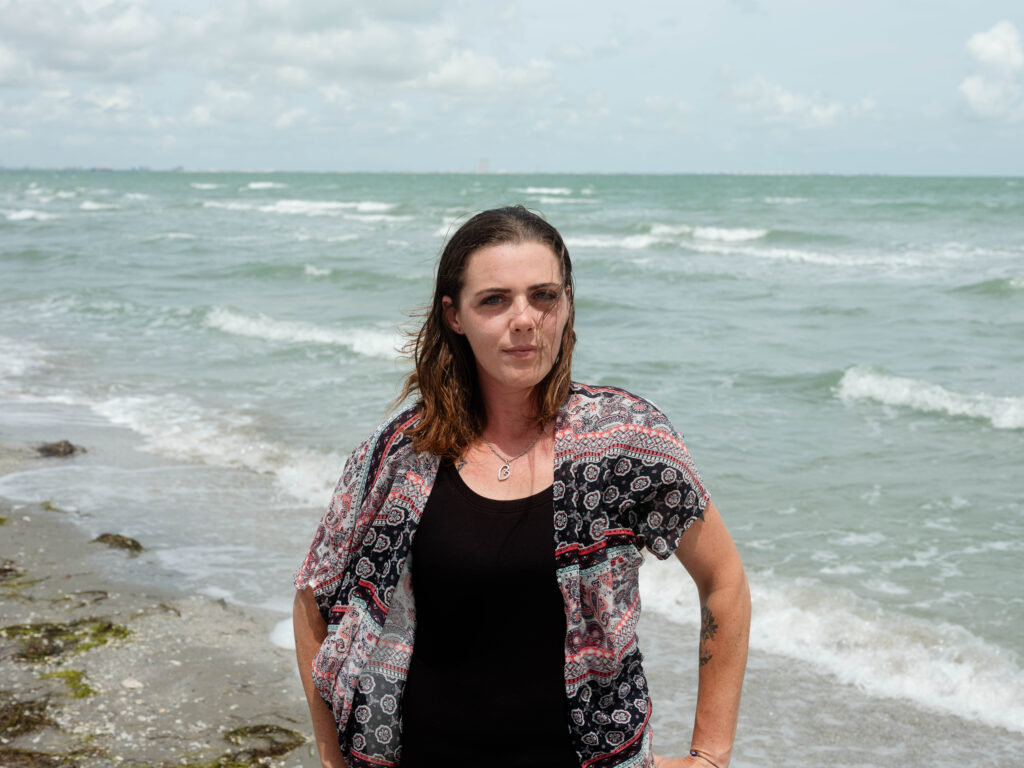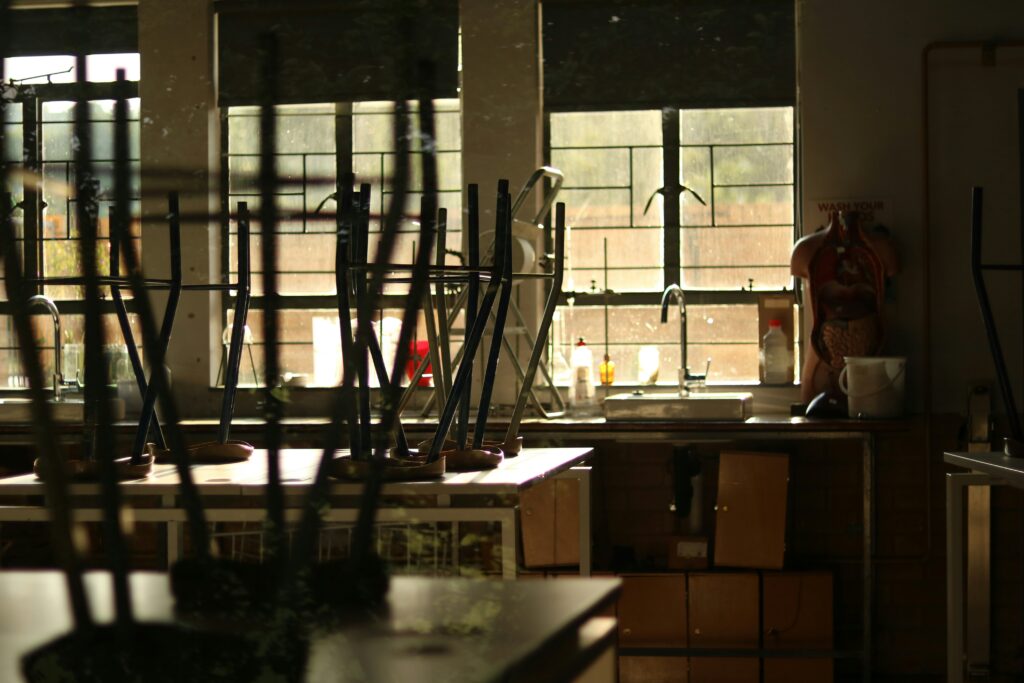Perhaps one of the most honest assessments of last year’s Deepwater Horizon oil rig explosion reveals the numerous failures of both industry and the federal government in the worst marine oil disaster in U.S. history.
The U.S. Department of the Interior sanctioned the report, compiled by more than a dozen experts operating with the temporary group called the Committee for Analysis of Causes of the Deepwater Horizon Explosion, Fire, and Oil Spill to Identify Measures to Prevent Similar Accidents in the Future (The Committee). And while the experts on The Committee identified failures we’ve documented in the past – particularly the shoddy design of the well’s blowout preventer – the committee highlighted plenty of new information as well.
Noting again that it was sanctioned by the federal government, it’s interesting that this was one of the first reports to explicitly implicate the federal government’s irresponsible actions as a cause of the massive oil disaster that followed the explosion:
The regulatory regime was ineffective in addressing the risks of the Macondo well. The actions of the regulators did not display an awareness of the risks or the very narrow margins of safety.
As DeSmog has reported in the past, the federal government’s role in the disaster can be traced all the way back to 2001, when then-Vice President Dick Cheney was holding his secret Energy Task Force meetings with oil industry executives. During those meetings, the industry insiders in attendance helped the Vice President draft legislation that would eviscerate basic health and safety standards that protected workers and the public from the oil industry’s reckless practices.
Among the regulations that were revoked was the requirement for offshore rigs to maintain an acoustic switch – a device that would explode and seal off an oil well permanently in the event of a blowout. There was no acoustic switch installed on the Deepwater Horizon rig. Triggering the switch makes the well no longer usable.
Another failure of the government involved the actual rig inspections. Again, our previous reports revealed that the regulators charged with insuring the rig’s safety allowed the oil companies to fill out their own inspection reports in pencil, with the regulators going back over them in pen after they were sent back.
While these aspects were not specifically mentioned in the new report, it does at least put some blame on the government.
The new report also lays plenty of blame at the feet of the companies involved with the Deepwater Horizon rig, which were BP, Transocean, and Halliburton:
The actions, policies, and procedures of the corporations involved did not provide an effective systems safety approach commensurate with the risks of the Macondo well. The lack of a strong safety culture resulting from a deficient overall systems approach to safety is evident in the multiple flawed decisions that led to the blowout…
The (blow-out-prevention) system was neither designed nor tested for the dynamic conditions that most likely existed at the time that attempts were made to recapture well control. Furthermore, the design, test, operation, and maintenance of the (blow out prevention) system were not consistent with a high-reliability, fail-safe device.
Earlier this year, rig-owner Transocean attempted to claim in their own report that the blame for the explosion and oil leak should be levied at BP and Halliburton, and that the Transocean-owned blowout preventer was fully operational. An additional Transocean report tried to lay the blame for the explosion on the rig workers.
The new report also comes on the heels of a recent lawsuit filed by BP claiming that Halliburton was attempting to destroy evidence of their shoddy cement work prior to trial.
Subscribe to our newsletter
Stay up to date with DeSmog news and alerts







